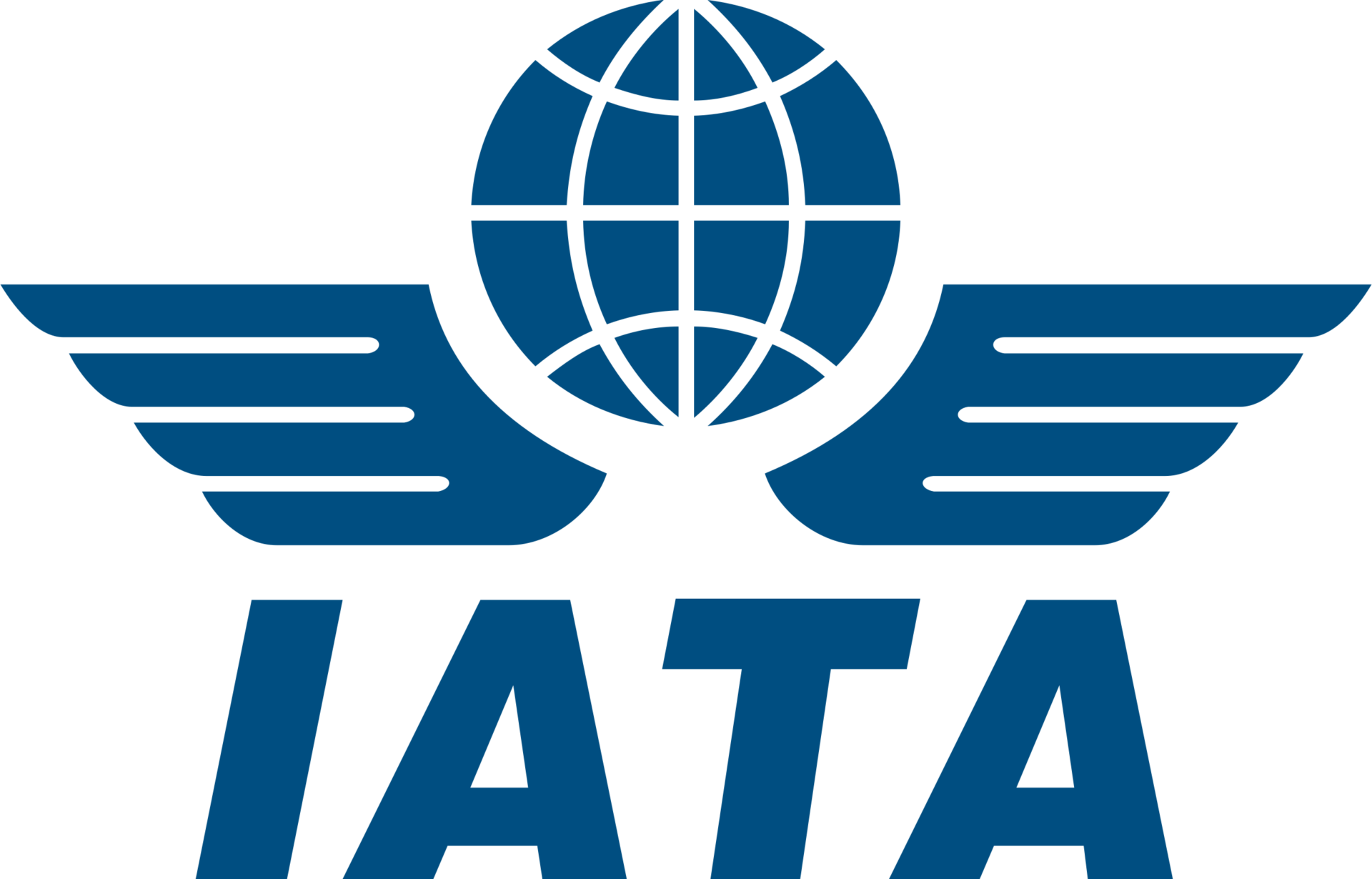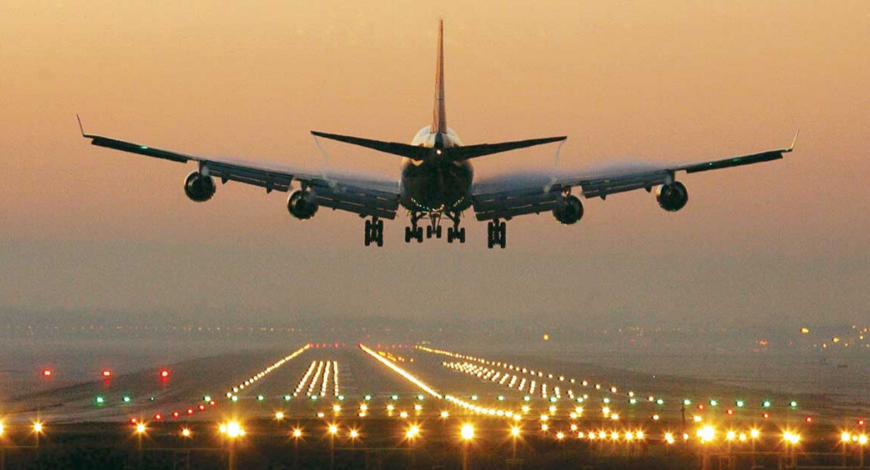The International Air Transport Association (IATA) has sad that the recovery in air travel continued in October. The Total traffic in October 2022 rose 44.6% compared to October 2021. Globally, traffic is now at 74.2% of October 2019 levels.
Domestic traffic for October 2022 slipped 0.8% compared to the year-ago period as stringent COVID-related travel restrictions in China dampened global figures. Total October 2022 domestic traffic was at 77.9% of the October 2019 level. Domestic forward bookings remain at around 70% of pre-pandemic level.
International traffic climbed 102.4% versus October 2021. October 2022 international RPKs reached 72.1% of October 2019 levels with all markets recording strong growth, led by Asia-Pacific. Forward bookings for international travel increased to around 75% of pre-pandemic levels, following the re-openings announced by multiple Asian economies.
“Traditionally, by October we are into the slower autumn travel season in the Northern Hemisphere, so it is highly reassuring to see demand and forward bookings continuing to be so strong. It bodes well for the coming winter season and the ongoing recovery,” said Willie Walsh, Director General, IATA.
Asia-Pacific airlines had a 440.4% rise in October traffic compared to October 2021, easily the strongest year-over-year rate among the regions, but off a very low 2021 base. Capacity rose 165.6% and the load factor climbed 39.5 percentage points to 77.7%.
“People are enjoying the freedom to travel, and businesses recognise the importance of air transport to their success. A recent survey of European business leaders doing business across borders showed that 84% could not imagine doing so without access to air transport networks and 89% believed being close to an airport with global connections gave them a competitive advantage. Governments need to pay attention to the message that air travel is fundamental to how we live and work. That reality should drive policies to enable aviation to operate as efficiently as possible while supporting the industry’s 2050 Net Zero emission goals with meaningful incentives to encourage the production of Sustainable Aviation Fuels,” said Walsh.






